Foolproof Bearnaise Sauce
This post may contain affiliate links. See my disclosure policy.
A foolproof Bearnaise Sauce recipe that rivals any upscale restaurant version but is super easy to make! Enjoy this versatile sauce drizzled over your grilled steak, roast chicken or salmon, steamed broccoli or asparagus, and much more. Your guests will be wowed by your gourmet chef skills!
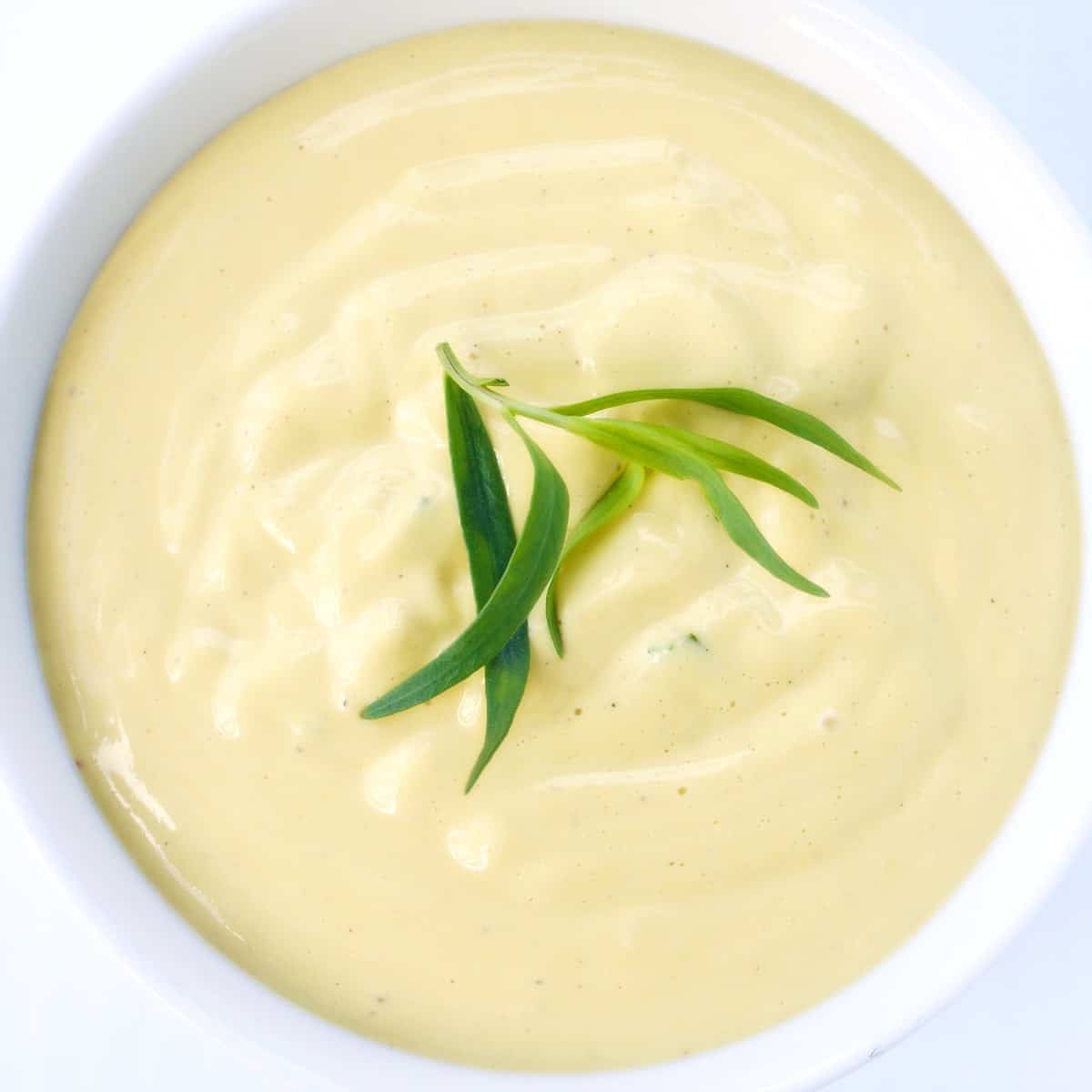
I’ve had bearnaise sauce at some point in my past, but it never made much of an impression until several years ago when I had it at a restaurant in Seattle. That luxuriously smooth, creamy, buttery, rich yet delicate sauce drizzled over my steak totally “wowed” me. I knew the moment I tasted it that I’d be working on the perfect recreation of it when I got home. And I did. This homemade bearnaise sauce recipe is as good as any you’ll find served at a five-star restaurant but is super easy to make because instead of using the traditional double boiler method, we’re using a blender!
What is Bearnaise Sauce?
Béarnaise sauce is a creamy, emulsified classic French sauce made from egg yolks, clarified butter, white wine vinegar, shallots, tarragon and often chervil, and black pepper. It has a rich and tangy flavor and is commonly paired with grilled or roasted meats, such as steak.
Béarnaise sauce, often misspelled bernaise sauce, originated in France. It is a derivative of Hollandaise sauce and is an opaque light yellow color with a very smooth and creamy texture. In France Béarnaise is a traditional steak sauce. Chef Jules Collinet is credited with having created it for the 1836 opening of the restaurant Le Pavillion Henri IV, located just outside of Paris. The sauce was created in honor of the southwest region of Béarn where Henry IV was from.
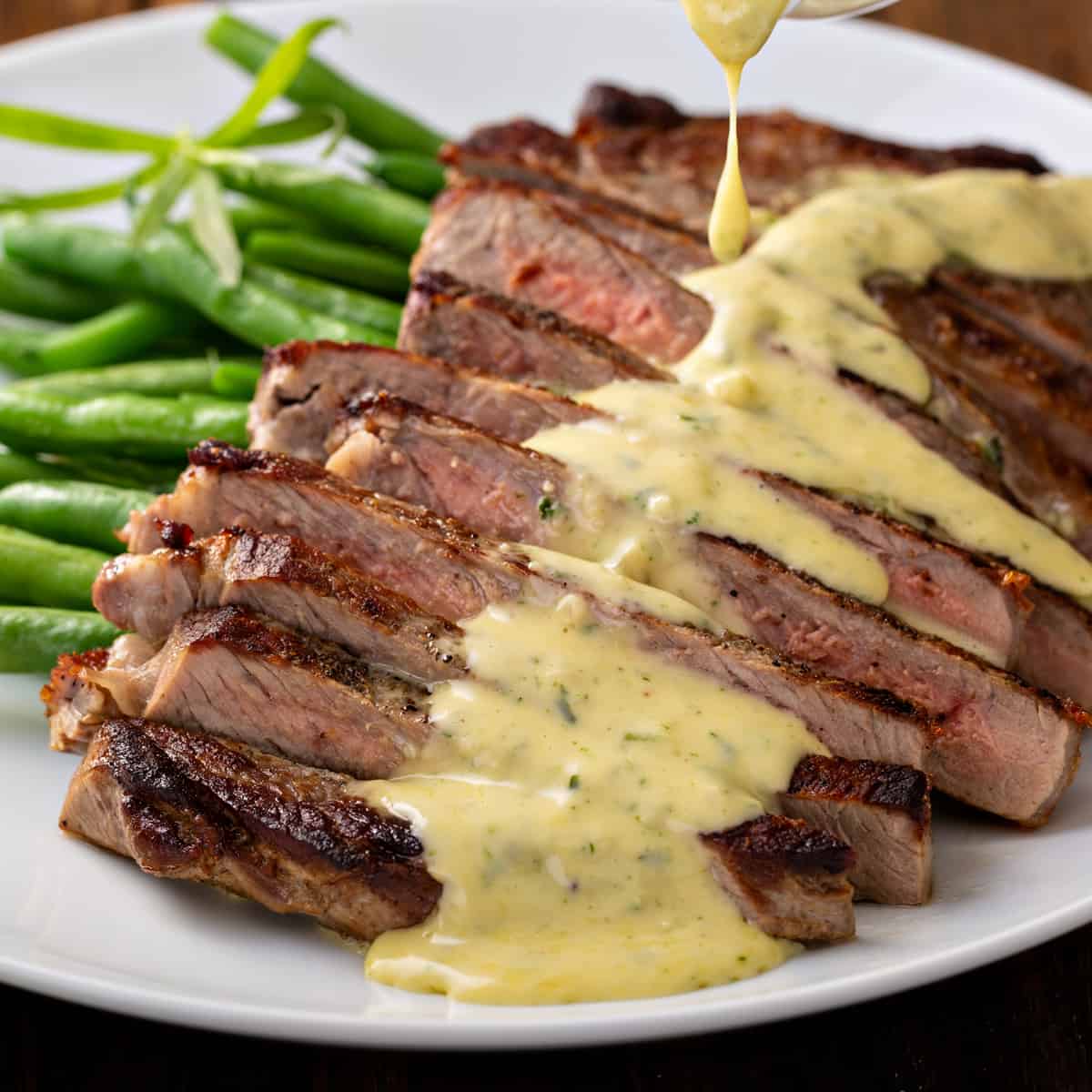
Bearnaise vs Hollandaise
Bearnaise, sometimes spelled bernaise, is a variation, or “child”, of Hollandaise sauce, one of the five French “mother sauces.” Both sauces are an emulsion of egg yolk and butter with some added acidity. The difference lies in the form of acidity and the added flavorings. Hollandaise is simpler. It is acidified with lemon juice and is usually seasoned with white pepper or cayenne. Bearnaise sauce is acidified with white wine vinegar and has the added flavors of shallots, fresh herbs (traditionally tarragon and chervil), black pepper, and white wine. Both sauces can be used interchangeably but the flavor of Bearnaise is more complex and interesting.
Bearnaise Sauce Ingredients
You’ll need ten ingredients to make this sauce, including two classic French herbs that may take some digging to find but it’s well worth it. Here is what you’ll need:
- Base Ingredients: these are butter, egg yolks, white wine and white wine vinegar. Be sure to use white wine vinegar and not white vinegar, the latter which has a much harsher and unpleasant flavor.
- Herbs and Aromatics: fresh tarragon is essential and without it there is no Bearnaise. Fresh chervil is another classic French herb that is traditionally used in Bearnaise. While tarragon is readily available in well-stocked produce sections, chervil can be challenging to find. As a result I started growing it in my herb garden several years ago. If you can’t find chervil just use more tarragon. Shallots are also used to make Bearnaise sauce and I highly recommend using them; they have a much milder, sweeter flavor. If you can’t find them, you can substitute yellow onion.
- Seasonings: salt and pepper to tie it all together.
How to Make Bearnaise Sauce
Sauce Bearnaise is quick to make but is easy to mess up because when you combine hot butter with egg yolks it will cause them to cook and curdle unless you’re whisking quickly and constantly. This sauce is traditionally made using what is known in French as a bain-marie, or double boiler.
I’m skipping the traditional method of using a double boiler and constant whisking and instead use a foolproof method that guarantees a stable emulsion: Blending the mixture in a blender. It’s simpler, quicker, and produces equally good results. You’re going to LOVE this easy Bearnaise sauce recipe!
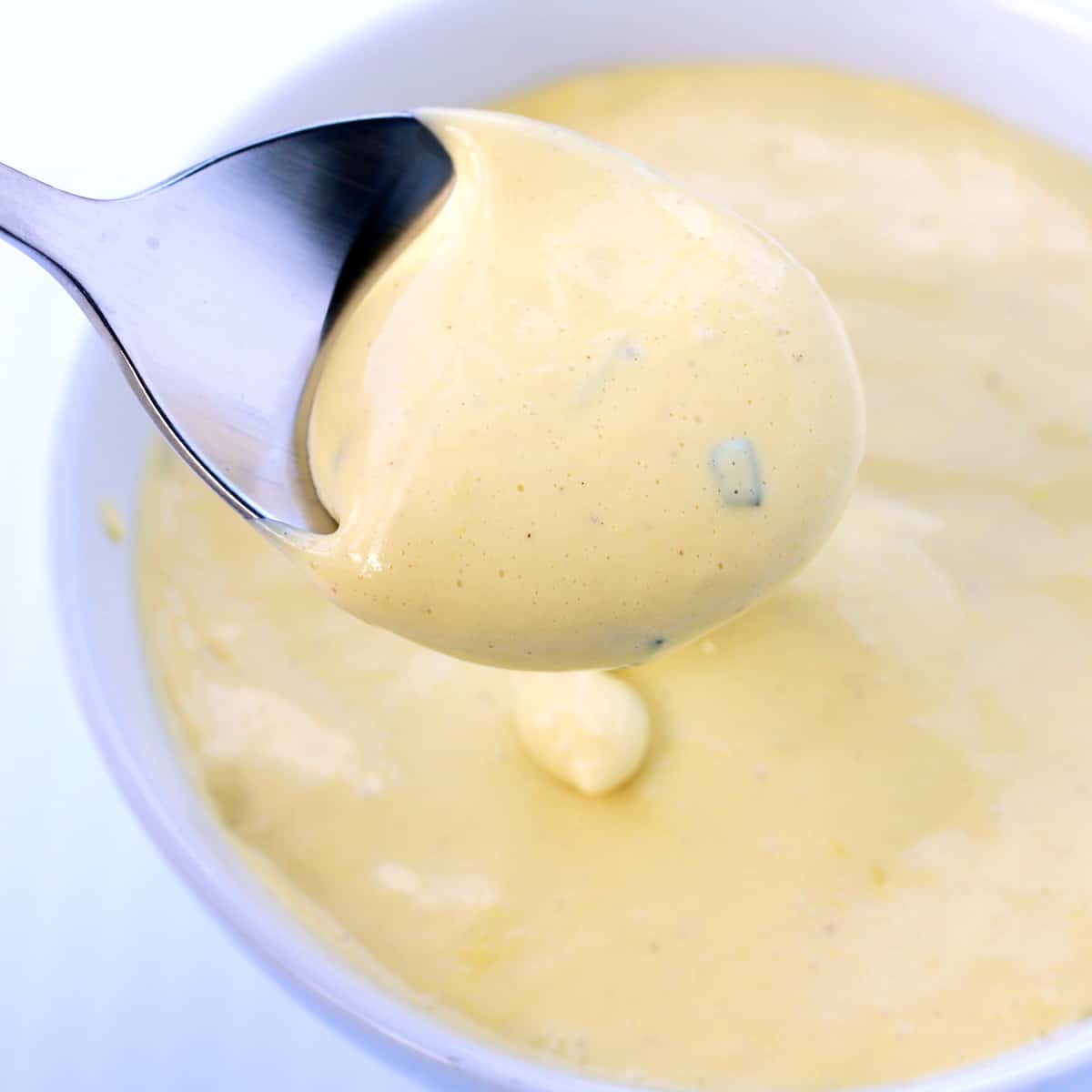
Bearnaise Sauce Recipe
Let’s get started!
Chervil can be fiercely difficult to find here in the U.S. (I’ve started growing my own). If you cannot find chervil, double the tarragon.
Combine the wine, vinegar, shallots, pepper, and herbs in a small saucepan and simmer until the liquid is reduced by half (about 3 tablespoons liquid). Do not strain. Let it cool completely.
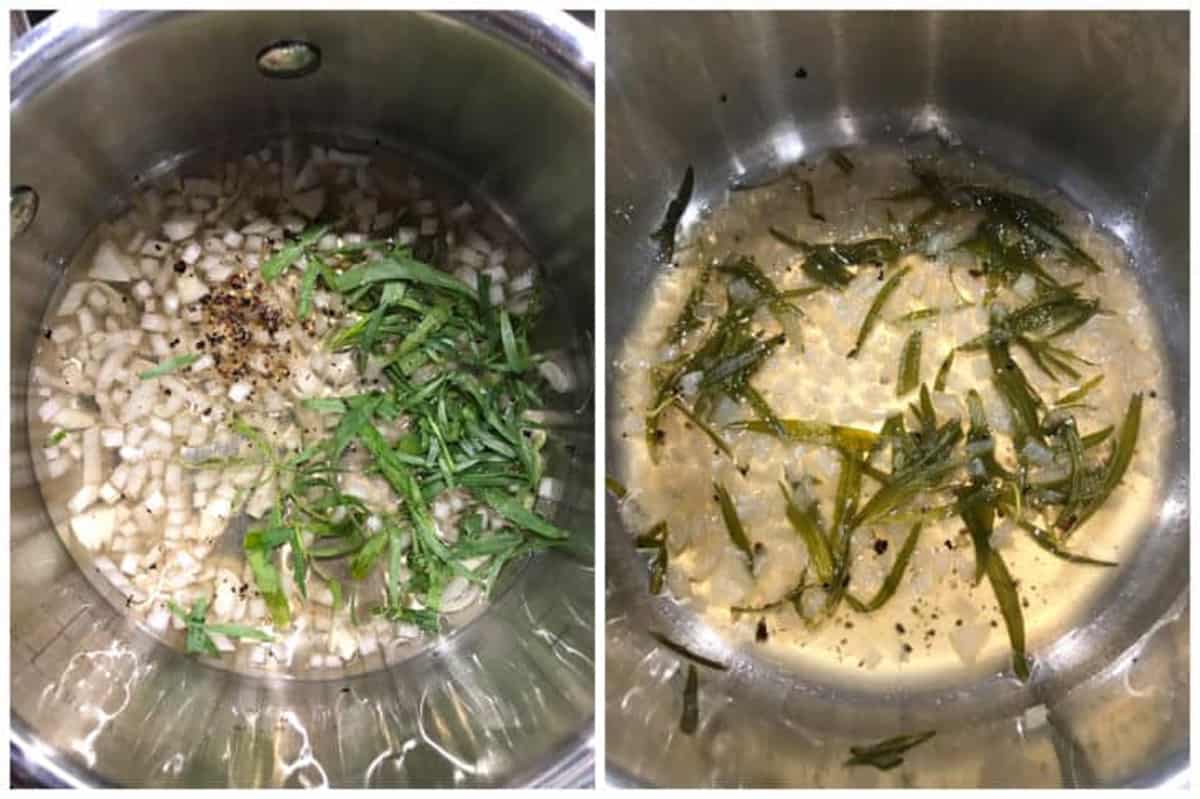
Place the cooled mixture in a blender with the egg yolks.
Blend until smooth.
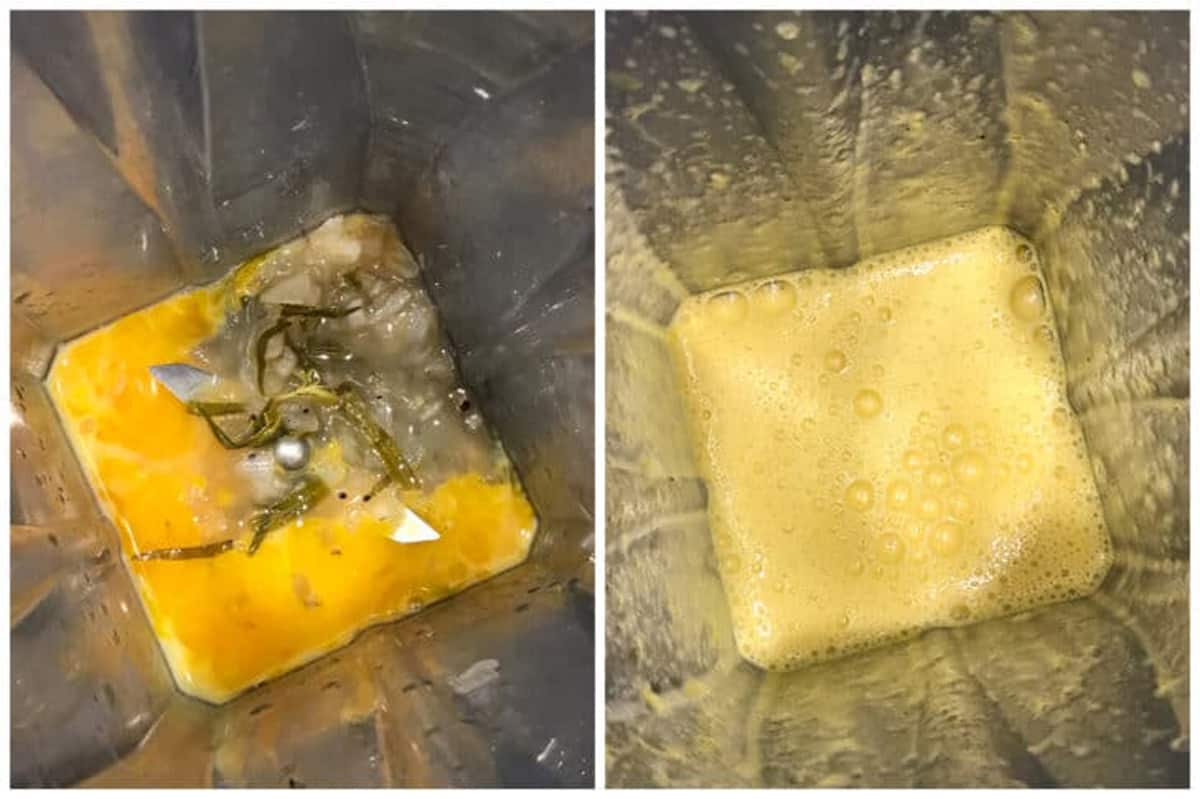
Melt the butter in a small saucepan or microwave.
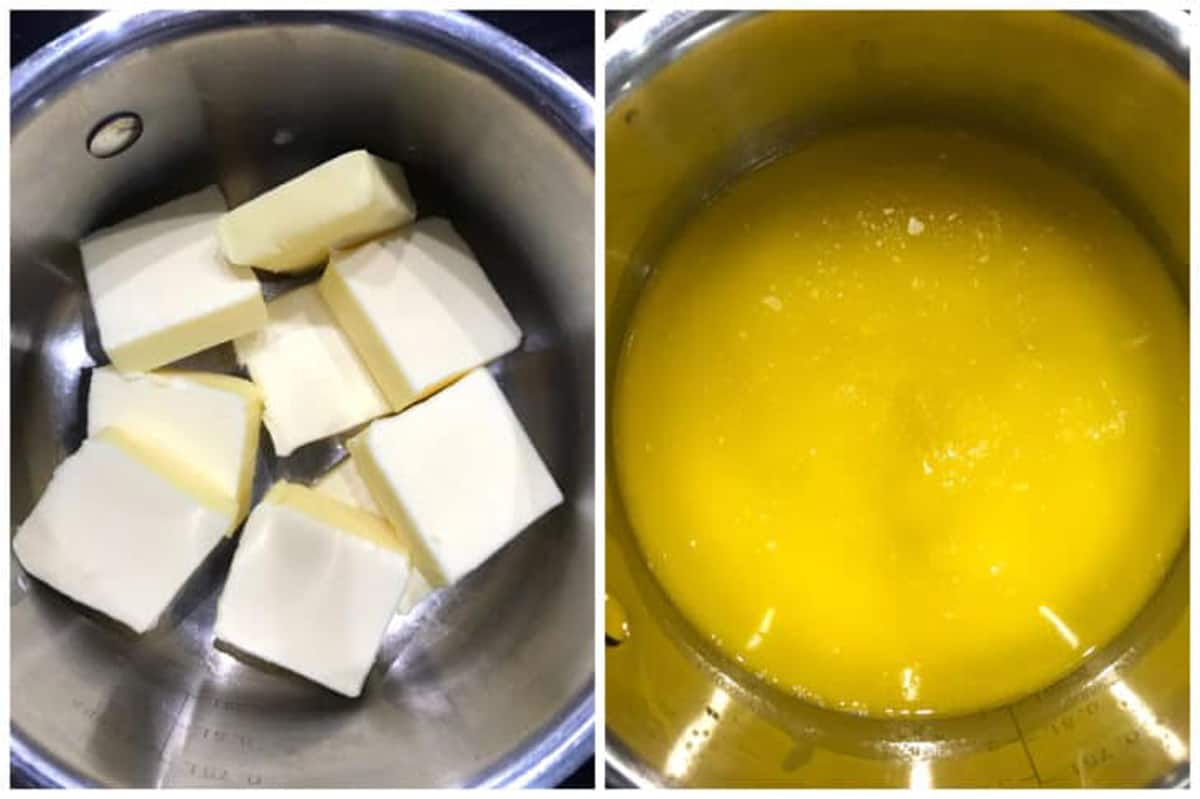
Remove the center stopper from the blender cap (see photo in blog post), turn the blender on HIGH and gradually pour the very hot butter through the blender hole in a steady stream while the blender is running. Blend for 30 seconds until the consistency is like a thin mayonnaise.
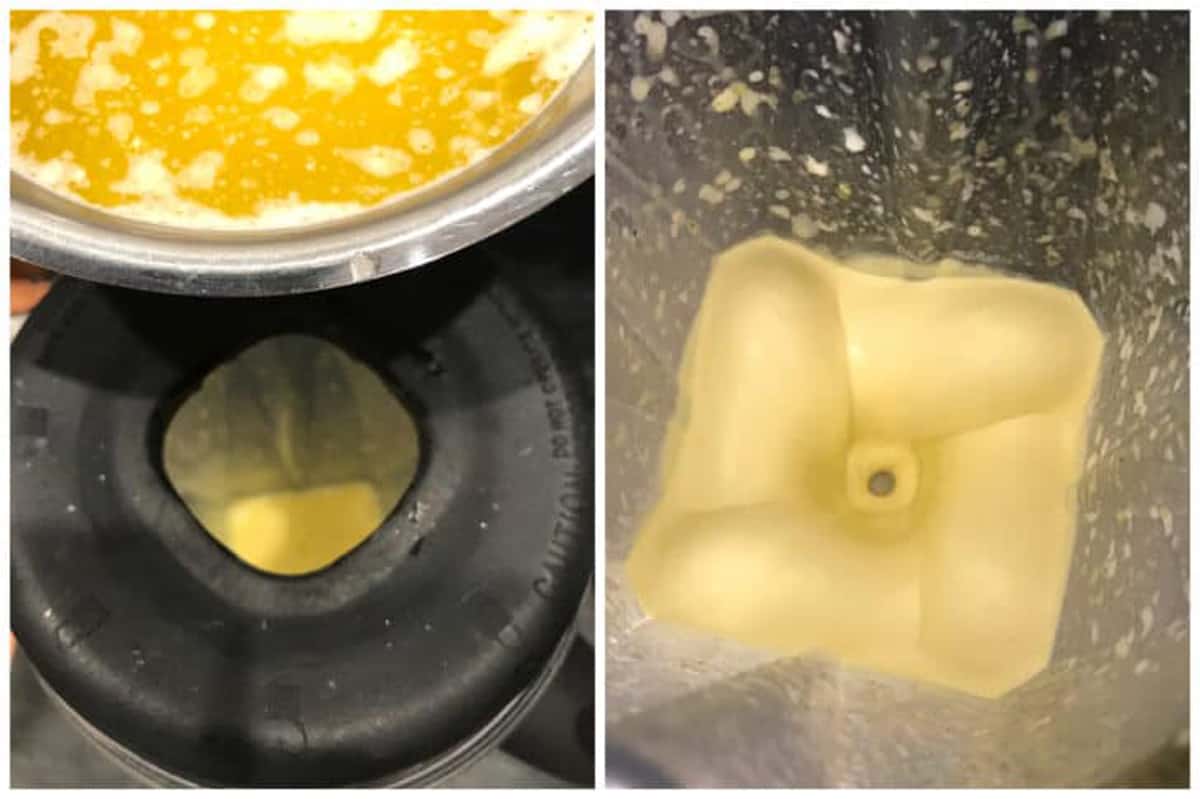
If it’s too thin continue to blend on HIGH for another 5 seconds before checking again.
Stir in the remaining chopped tarragon.
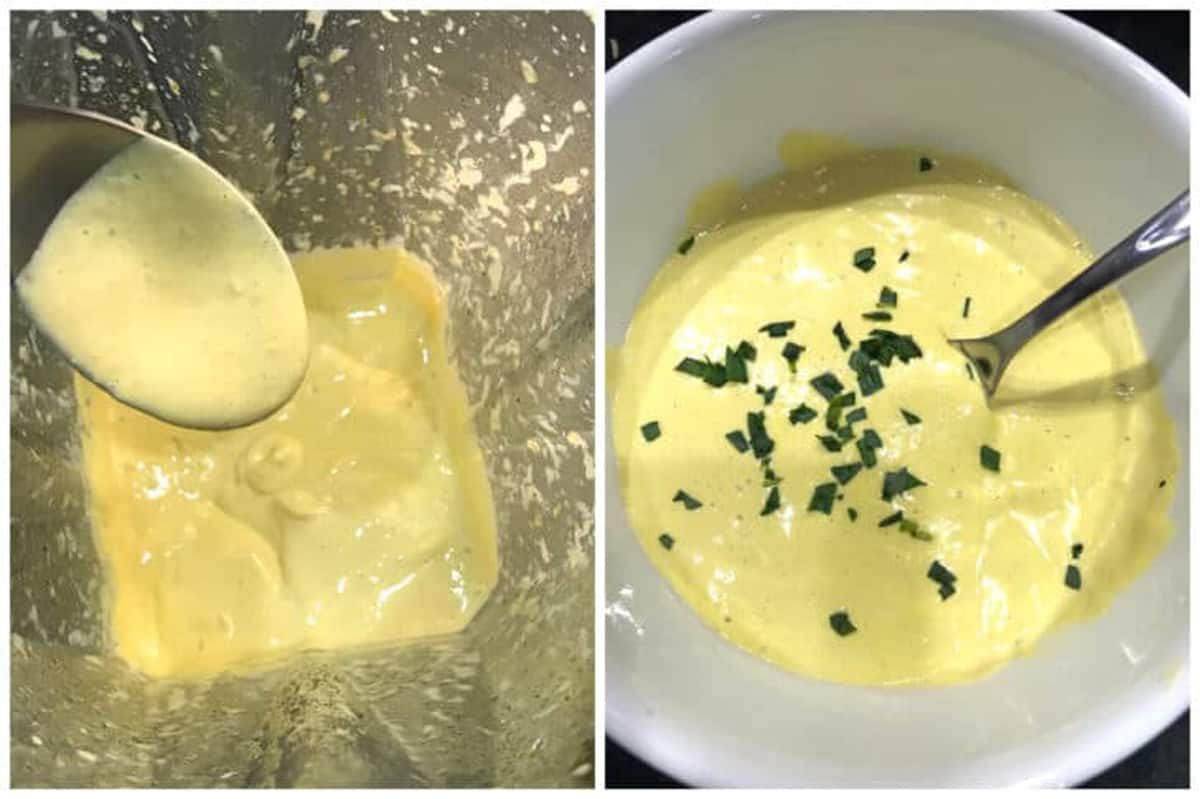
Serve immediately while warm or place the blender container in a sink or bowl of warm water to keep warm until ready to serve.
Note: Depending on preferences and what you’re serving it with, Bearnaise sauce can also be served room temperature or cold.
How to Serve Bernaise Sauce
In France it is a traditional steak sauce and that’s how you’ll commonly find it served in restaurants throughout the world. But don’t let that stop you from fully enjoying Bearnaise in a wide variety of delicious applications because it is deliciously versatile! Here are a few additional ideas to get you started. Serve the Bernaise with or mixed in:
- Grilled steak and roast chicken
- Grilled salmon, poached fish, and lobster
- Steamed asparagus or broccoli
- Eggs Benedict and omelets
- Potato Salad
- Pasta Salad
- Au Gratin
Can You Reheat Bernaise Sauce?
That question correlates with another one: Can you make Bearnaise sauce in advance? The short answer to both questions is no, you’re not supposed to. The longer answer is yes, but here’s what you have to do: Store it in an airtight container in the fridge for up to 3 days. Just before serving put the bowl over a double boiler and whisk constantly until the sauce is warm. If you don’t have a double boiler then reheat it over the lowest heat in a small saucepan, whisking constantly, and may the force be with you!
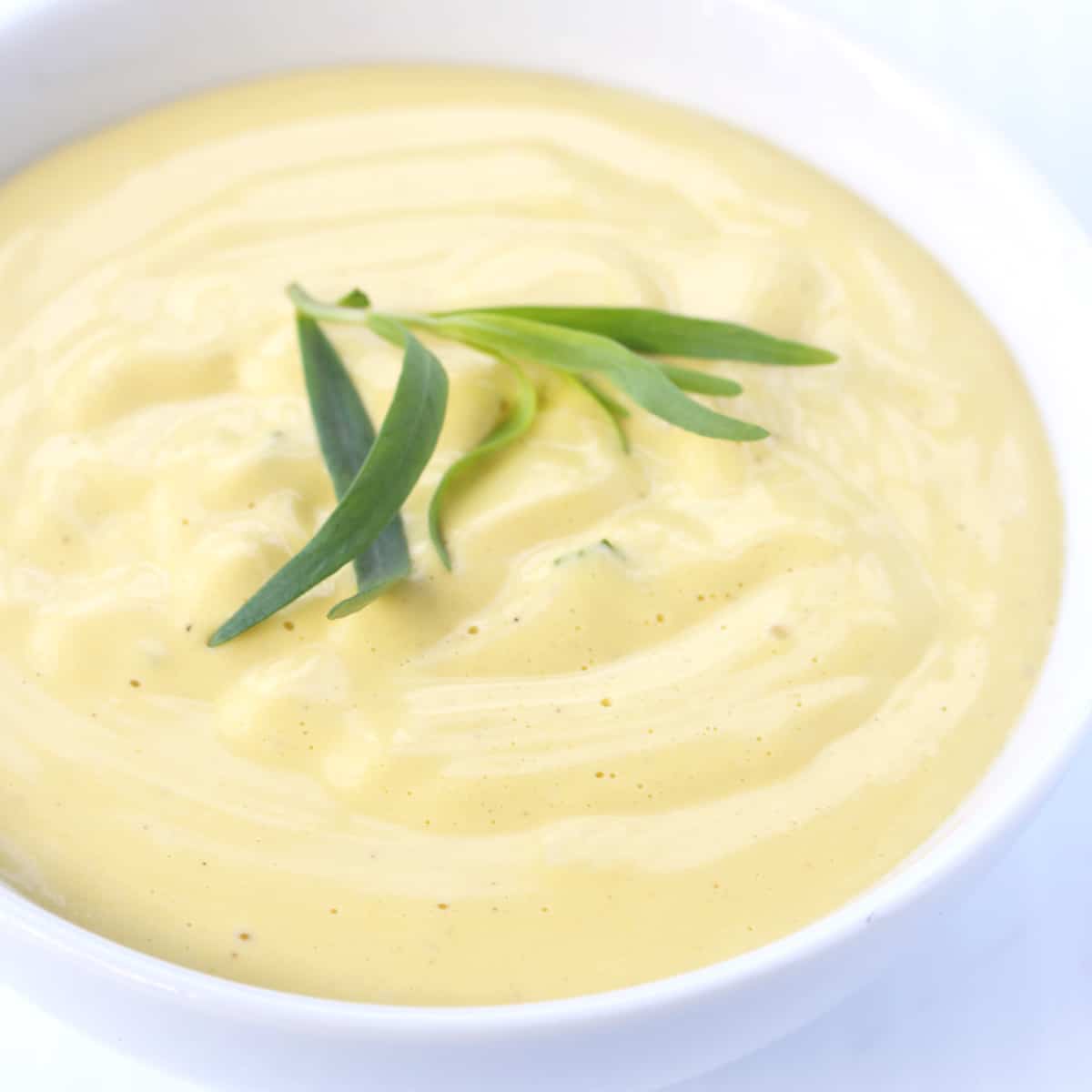
For more classic French sauces be sure to try my:
Save This Recipe
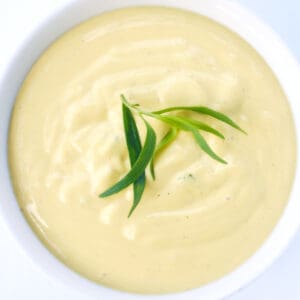
Foolproof Béarnaise Sauce
Ingredients
- 1/4 cup white wine
- 2 tablespoons white wine vinegar
- 2 tablespoon minced shallot (can substitute onion if necessary)
- 1/4 teaspoon coarsely ground black pepper , or 4 crushed black peppercorns
- 1/4 teaspoon salt
- 1 tablespoon fresh tarragon
- 1 tablespoon fresh chervil (can substitute more tarragon if you can't find chervil)
- 4 large fresh egg yolks
- 3/4 cup (1 1/2 sticks) unsalted butter , cut into cubes
- 2 teaspoons chopped fresh tarragon (to stir in at end)
Instructions
- Combine the wine, vinegar, shallots, pepper, salt, and herbs in a small saucepan and simmer until the liquid is reduced by half (about 3 tablespoons liquid). Do not strain. Let it cool completely. Place the cooled mixture in a blender with the egg yolks. Blend until smooth.
- Melt the butter in a small saucepan or microwave. Remove the center stopper from the blender cap (see photo in blog post), turn the blender on HIGH and gradually pour the very hot butter through the blender hole in a steady stream while the blender is running. Blend for 30 seconds until the consistency is like a thin mayonnaise. If it's too thin continue to blend on HIGH for another 5 seconds before checking again.
- Serve immediately while warm or place the blender container in a sink or bowl of warm water to keep warm until ready to serve. Note: Depending on preferences and what you're serving it with, Bearnaise sauce can also be served room temperature or cold. Also, see blog post about how to reheat Bearnaise sauce.
Nutrition
Originally published on The Daring Gourmet May 17, 2021



















Hi Kimberly, I made your Bearnaise Sauce recipe last night and it was absolutley delicious and so simple to make. Many thanks for the recipe!
Just a little question from a beginner… A 1/4 teasponn of salt is includedd in the Ingredients but is omitted from the Instructions. Should the salt be added at the beginning with the herbs or later on with the eggs, or does it really matter?
I’m so glad you enjoyed it, David, thank you! Thanks for catching that. It’s added along with the other seasonings but no, it doesn’t really matter if it’s added at the beginning or the end.
Can you double this recipe will it turn out OK?
Hi Rose, yes you can!
Nice:) I love bearnaise sauce. I’m used to making it the classic way with a whisk and bain marie on the stovetop. This blender version is a lot simpler!
How hot is very hot butter? I’m guessing around 220 F?
Hi John, 220 F is too hot. You just want to melt the butter, do not boil it. Once the butter is melted add it to the blender.
This is assuming that you have a high end blender like a Vitamix. The blades on a Vitamix spin so fast that the friction actually cooks your sauce in the blender, so that you don’t have to concern yourself with the actual temperature of the melted butter. It works, and it’s like magic!
I really need a new sauce for the grilled salmon! Looks amazing!
This was absolutely delicious and went perfectly with our steak! I’ll definitely be making this again soon!
Wonderful, Beth, thanks so much!
I am in love with this sauce! It is SO GOOD! Thank you!
Thank you, Beti, I’m happy you enjoyed it!
I love how easy and delicious this Bearnaise Sauce is! Can’t wait to try it!
We just tried it with roast chicken and it turned out so good!
I’m so glad, Toni, thank you!
This Bearnaise Sauce couldn’t look any more perfect!
This sauce is so easy and delicious I’ll have to start making it more often!
I’m so happy you enjoyed it, Vikki, thank you!
Hi Kimberly, only way I will eat tenderloin, topped with bearnaise sauce, but I hate making it, so next time I cook tenderloin, will give this a try. Knowing your recipes it will be a winner.
Thank you so much for the compliment, SueV, and I hope you enjoy it! :)